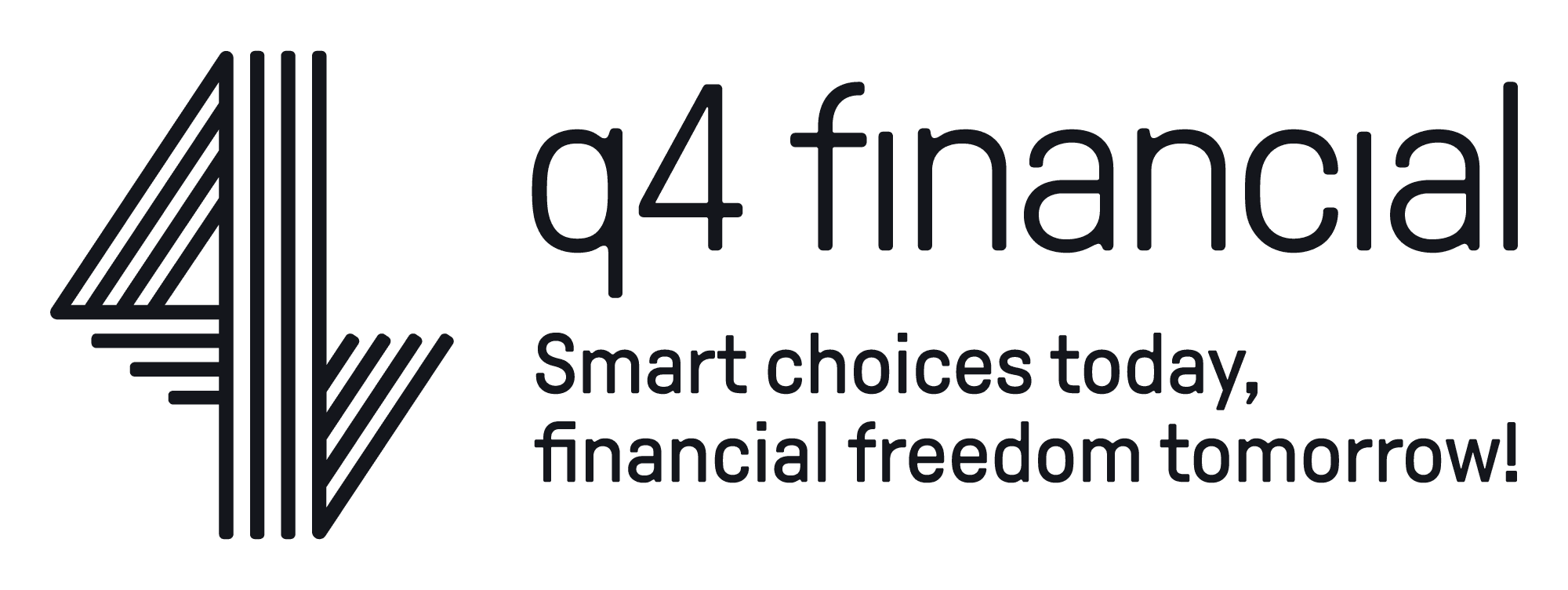Beyond the basic notions of talking, listening, reading and writing, literacy extends into the capability to understand, participate in and subsequently make important decisions that affect everyday life.
Financial literacy is an essential skill, which I’m of the belief should form part of every school’s curriculum, in addition to being a core subject at TAFE, university and trade courses. Sadly however very little is taught at any institution and many never learn the basics until it is too late.
Developing financial literacy from an early age will result in greater choices, and in turn financial freedom in years to come, something we all strive for and can achieve. Remembering it is not about how much money a person earns that determines a financial path, but that it is what you do with your money that matters.
Given helping our clients achieve financial freedom is at the core of what we do, we are passionate about educating people around the importance of fiscal choices and what it means in the long run.
Let us now explore some of the key fundamentals.
Assets Vs Liabilities
We commonly see a pattern where people start earning money with no roadmap of how they will progress through their financial life. When their income increases so do their monthly outgoings.
What gets modelled as a strong financial position for some people might not actually be as you see it. Many people perceive someone who lives in a nice house, drives two nice cars, has a jet ski and maybe a holiday apartment at the beach is doing well financially. Regularly this lifestyle is funded by debt and if that is the case, this family has very little financial security. If their income stops, essentially all they have will disappear.
Whilst our clients might acquire some of these things, what is important is recognising what is an Asset and what is a Liability. As Robert Kiyosaki from Rich Poor Dad fame outlines: an asset is anything that puts money in your pocket, and a liability is anything that takes money out. With that in mind reflecting on the list above, which one of those items puts money in your pocket?
Credit Cards (& Buy Now Pay Later options)
For many young adults, when it’s time to leave the nest and venture out into the world on their own, it is very tempting to get a credit card to help out when times are a little tough or to purchase that little something special.
However, credit cards remain one of the most profitable divisions for every bank in Australia. Simply put, they make money when you don’t pay the outstanding balance back on time, and you pay interest at around 20% per annum.
But you ask, what about the 55 days interest free I get. Yes, you get that, but my point remains, most people don’t pay the balance by the due date and so the cycle of very costly debt starts and for many it never ends.
By way of example, a $2,000 credit card debt that is paid off over the allowed period of 25 years with a monthly payment of $33 may appear okay and manageable, however the total interest paid for this period of time is a whopping $8,000. Four times what was initially borrowed. Ouch!
If in doubt, pay for the goods when you have the money in the bank and plan for a great future.
Personal Insurances
We all know about car and house insurance, but what is your greatest asset? Your car or your home?
The answer is neither!
Your greatest asset is in fact, your ability to earn income for the next 5, 10, 40 years. As a living, breathing human with personal and financial responsibilities, you are worth a lot – not just to yourself but to others. Personal Insurance is all about understanding and protecting the value of your most priceless asset – you, and ensuring you are best prepared for the future.
Which insurance does what?
- Income Protection protects your income – typically paying you 75% of your salary when a successful clam is made. The number of days to wait to be paid could be 30, 60 or 90 depending on your unused sick, annual, and long service leave and your personal debt position. Most policies pay for two years or to age 65, a very big difference, so take note.
- Life Insurance – if you have family and debts, you probably should have life insurance. A common misconception is to only insure the ‘bread winner.’ If you have young children with a spouse at home, the replacement costs, not working, caring for children that have just lost a parent can be enormous. Consider your position.
- TPD –TPD stands for Totally and Permanently Disabled and this insurance is for when you are still breathing but unable to do much else. As morbid as it sounds, it is much more expensive to be alive and, in this state, than if you sadly passed away.
- Trauma – Trauma Insurance also known as ‘critical illness’ or ‘recovery insurance’ pays a lump sum amount if you suffer a critical illness or serious injury. This often includes cancer, heart conditions, major head injury or stroke. Trauma Insurance does not cover mental health conditions.
Why have these insurances?
Firstly replacement of income. If you suffer a trauma event, it is likely that you will need some time off work; therefore a lump sum payment can replace your income so you can concentrate on treatment, rehabilitation and spending time with family. Household bills and living expenses will continue so payment could assist with these.
Repayment of debt is also important. A trauma event could result in partial or total disability, with the likelihood of returning to work in the same capacity minimal, or you might not be able to work at all. This means it is unlikely you will be able to generate the same, if any, income as before. Consequently you will need to consider how you would repay your debts, including your mortgage.
Having the right types of insurance at the right levels specific to your needs will ensure the standard of living you have worked hard to create isn’t adversely impacted when life throws you a curve ball.
Compound Interest and getting into the Millionaires Club
Compound Interest is your secret weapon. But what is compound interest? Put simply, it is the addition of interest to the principal sum of your deposit or loan In other words, interest on interest.
Let’s assume:
Interest rate = 7% per annum
Investment amount = $10,000
Principal + prior period interest = $10,700
Interest is now calculated on $10,700 so, principal (compounded) * 0.10 = $749
New Principal invested is $11,449
This is also the principle the banks use against you. Don’t pay back that Credit Card and the interest keeps compounding and it gets harder and harder to get ahead.
So what is possible?
Say you are 25 today, and you have $5,000 to invest and you can spare $1,000 per month. If you can achieve a 6% return on your money per annum by age 55 you will have more than $1,000,000 for a capital investment of $364,000 over the 30 years.
But wait ten years and start when you are 35 the effort to achieve the same goal changes dramatically. If you start with $5,000 you now need to save approximately $2,150 per month to achieve the same result and you will need to find an extra $146,000 in the shorter timeframe of only 20 years.
While all these points are just the tip of the iceberg in creating solid financial habits, hopefully it will give you an insight into how being financially literate can help anyone achieve great outcomes by making good decisions early in your life.

